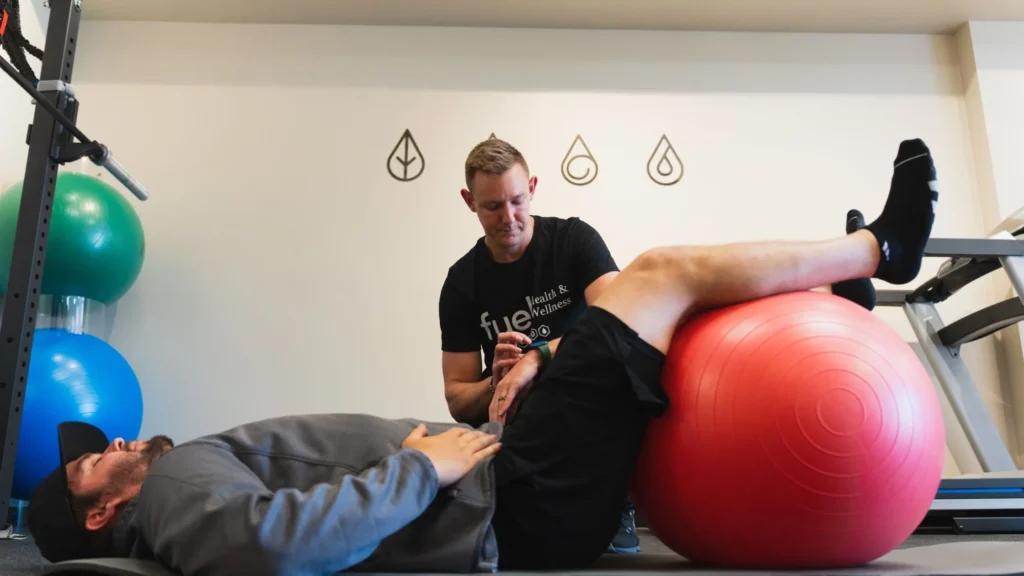Recognizing the Signs of a Sports Injury and When To Get Help

Participating in sports carries inherent risks of injury, regardless of one’s skill level or the type of activity. Understanding how to identify potential injuries and determining appropriate response measures can significantly impact recovery outcomes and prevent complications. Here is some information to help athletes, coaches, and parents recognize when medical attention becomes necessary for sports injury.
Understand Sports Injury
There are two primary categories of sports injury: acute and chronic. Acute injuries occur suddenly during activity, while chronic injuries develop gradually over time due to repetitive stress or overuse. Understanding these distinctions can help in choosing the right treatment and prevention strategies.
Acute injuries often present with immediate symptoms such as sudden pain, swelling, or inability to continue activity. Common acute injuries include sprains, strains, fractures, and dislocations. These conditions require prompt evaluation to prevent further tissue damage.
Chronic injuries manifest through persistent discomfort that worsens during or after activity. These conditions may include tendinitis, stress fractures, or overuse syndromes. Early recognition of chronic conditions prevents progression to more severe complications.
Key Warning Sign
Several indicators suggest the need for professional medical assessment following a sports-related incident. These signs warrant immediate attention:
- Severe pain: If the pain is so bad you can’t move or bear weight, it could be a serious injury. Pain rated 7 or higher out of 10 should be checked.
- Visible deformity: If a bone or joint looks out of place, it might be a fracture or dislocation. Seek immediate care.
- Can’t bear weight or use the area: This often signals major tissue damage, such as fractures, severe sprains, or muscle tears.
- Numbness or tingling: These could indicate nerve or circulation issues. Act quickly to avoid long-term damage.
- Swelling that won’t go down: Persistent swelling could mean ongoing inflammation or a more serious injury.
Knowing these warning signs can help you get medical care faster and improve recovery. Listen to your body—if symptoms don’t improve or get worse, don’t wait to seek help.
Initial Response Measures
The R.I.C.E. protocol (Rest, Ice, Compression, Elevation) is a widely recommended first aid method for managing acute injuries. It acts as a temporary solution while assessing the need for professional medical care. Start by resting the injured area immediately to prevent further damage. Apply ice in 15-20 minute intervals during the first 48 hours to help reduce inflammation. Compression using elastic bandages can minimize swelling, and elevating the injured area above heart level promotes proper drainage.
Seek Professional Care
Several circumstances require immediate medical consultation rather than home treatment. Seek professional evaluation when:
- Pain persists beyond 48-72 hours despite appropriate first aid measures
- Function does not improve within a reasonable timeframe
- Symptoms worsen rather than gradually improving
- Signs of infection develop, including increased warmth, redness, or fever
- Previous injury to the same area occurs repeatedly
Athletes with chronic conditions such as diabetes, bleeding disorders, or previous surgical repairs should consult healthcare providers more readily, as these factors may complicate healing. Conditions like these can slow down the body’s natural recovery process and increase the risk of complications. By seeking medical advice early, athletes can receive tailored care plans that address their unique needs and help them stay active safely.
Support Sports Health
Recognizing the signs of sports injuries is the first step toward proper management. When in doubt, seek professional evaluation instead of pushing through pain or dysfunction. Early intervention by healthcare providers leads to faster recovery and reduces the risk of long-term complications. Temporary activity restrictions can prevent prolonged absences from sports due to poorly treated injuries.
- What to Expect When Visiting a Foot and Ankle Specialist
- Causes of PTSD
- The Link Between Plantar Fasciitis and Weight Gain: What You Need to Know
- How Pet Ownership Can Positively Impact Life with Fibromyalgia
- The Importance of Stretching and Flexibility in Sports Medicine
Dr. Emma Green is a health and wellness expert with over 10 years of experience in nutrition and fitness. Passionate about helping others live their healthiest lives, Dr. Green shares practical advice on wellness, nutrition, and sustainable living through LivingSpristine.






